Integrated Cancer Centre of the CHU de Québec
Groupe A, DMG, Lemay, Jodoin Lamarre Pratte architectes, NFOE, and GLCRM all collaborated to complete the Integrated Cancer Centre of the CHU de Québec in Québec City, Canada.
The integrated cancer treatment centre (centre intégré de cancérologie – CIC) is a major step forward in the construction of the new hospital complex of the Quebec City-Laval University hospital centre (CHU de Québec-Université Laval) on the Hôpital de l’Enfant-Jésus campus in Quebec City. It includes all specialties and the latest technologies for the treatment of cancer.
The starting point for the architectural development of the CIC was the design of a green inner courtyard, surrounded by the oncology program. The aim was to provide pleasant reception areas, waiting rooms, traffic zones, care facilities and work areas that promote health and healing. An abundance of natural light, outdoor views, green spaces, warm materials and colours, and art characterize this calming new healthcare space, which offers the best practices and the latest technology.
Clinical program and design
With 32,230 m² of floorspace, the CIC is Quebec’s largest cancer treatment centre and one of the largest in Canada. It is home to a technologically advanced program that delivers a wide range of specialized and overspecialized services and treatments to cancer patients. The facility includes a radio-oncology department (teletherapy and brachytherapy); consultation rooms organized into clinics based on the tumour site; a chemotherapy ward capable of treating up to 70 patients simultaneously; an oncological pharmacy; a rapid-response oncology treatment department (SIRO); a treatment planning and simulation department; a medical physics lab; and several support offices for patients and staff. In order to integrate oncology research activities and bring them closer to medical realities, the CIC has spaces dedicated to research, innovation and teaching and will be connected to the future basic research centre. Two clinical research areas are located on the second and fourth floors, where they will intersect with the future research centre, and other offices are integrated with the consultation clinics to facilitate patients’ participation in research protocols. The facility’s specialized elements include radiosurgery and adaptive radiotherapy, radiotherapy by orthovoltage and the careful integration of numerous cutting-edge medical devices: linear accelerators, magnetic resonance imaging scanners (MRI), a linear accelerator system with onboard MRI scanner (MRI-LINAC), CT scanners and positron emission tomography scanners (PET/CT).The consultation clinics were designed to ensure patients’ privacy, offer greater flexibility in their use and maximize staff efficiency. To enable a separation of public and private traffic flows, the examination rooms have double doors and are arranged around an interdisciplinary workspace reserved for medical staff. Thus, patients access the examination rooms through a public hallway, while staff members reach them via the central workspace.
Context and architectural integration
A major component of the new hospital complex was the requirement that the CIC had to be integrated into the existing hospital complex and its urban context with a comprehensive architectural vision. The centre was built near the edge of the site to offer patients as much privacy as possible. Its volumes were designed to strike a balance with the residential character of Vitré Street to the east and the more institutional character of the esplanade and basic research centre to the west, which stands prominently on Henri-Bourassa Blvd.The CIC project’s architecture, which uses the themes of air and light, is restrained and recalls the key characteristics of the existing buildings, such as the use of brick and continuity in the cornice lines. “The contemporaneity of the groupings is characterized by the desire to fill the project with light. The shades of ochre bricks, the pale mortar joints and the white steel and aluminum components and cladding reflect light, which dances across the surfaces over the course of the day,” said Rémi Morency, partner, architect and urbanist at Groupe A / Annexe U and project leader for volumetrics, the building envelope, urban design and landscaping at the new hospital complex.
A pattern inspired by the Art Deco turret of wing A, which was situated above the hospital’s main entrance when it was built, was developed to provide shade and privacy to the large glassed-in areas. “It is composed of a multitude of small lozenges arranged in a large-scale three-dimensional interlocking pattern, inspired by research that focuses on the infinitesimal while seeking infinitely large advances.” The pattern, silkscreened on glass, is first visible on the large façade of the basic research centre and continues in the CIC’s inner courtyard, illustrating the essential synergy between the basic and clinical research that is conducted daily in the centre.
A comforting environment that promotes wellness and healing
The CIC embodies changes in the way cancer patients are treated. Using a holistic, interdisciplinary, human-centred approach, it was designed both for technologically advanced equipment and cutting-edge treatments and to provide psychological support to patients at every step of their care. In keeping with the theme of air and light, the team of professionals strove to develop a “healing environment” by designing facilities that are ultra-modern, spacious, well-lit, green and highly functional. The well-being of both patients and care staff was at the heart of each decision: the implementation of best practices combining facilities that facilitate way-finding through the use of colours; the placement of landmarks and views of the outside; the maximization of natural light; access to therapeutic gardens; the careful selection of finishing materials and furniture to create comfortable spaces that feel more like a place for care and wellness rather than a sterile hospital environment; and the ingenious integration of specialized equipment for an elegant and streamlined result free of visual distractions.In its relation to the research centre and critical care wing, currently under construction, the CIC also includes a glassed-in hallway on its façade to ensure a supply of natural light to the courtyard. Based on the guiding idea of “gardens for all,” people benefit on one side from a view of the courtyard and on the other of a future garden that will be built in front of the CIC, on the Henri-Bourassa Blvd. side.
Design: Groupe A, DMG, Lemay, Jodoin Lamarre Pratte architectes, NFOE, GLCRM
Construction: Pomerleau
Photography: Stéphane Groleau


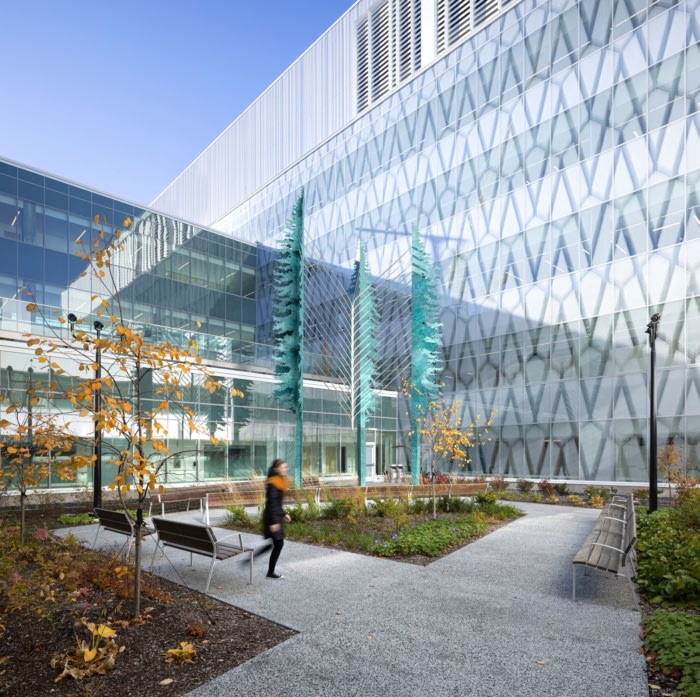
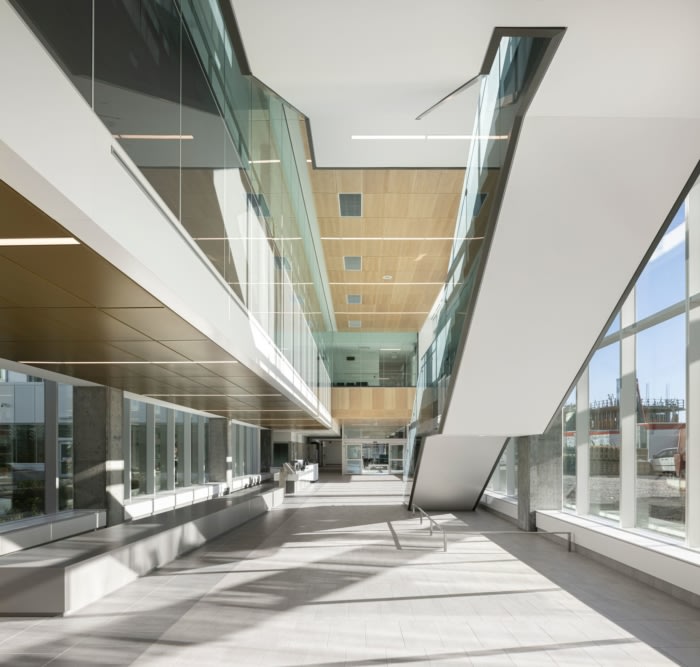
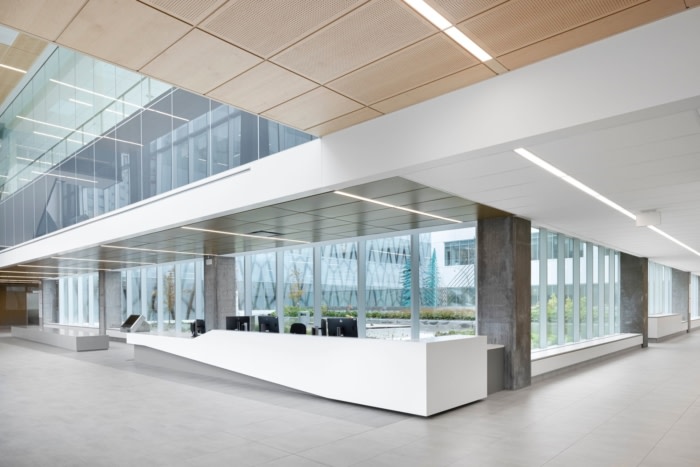


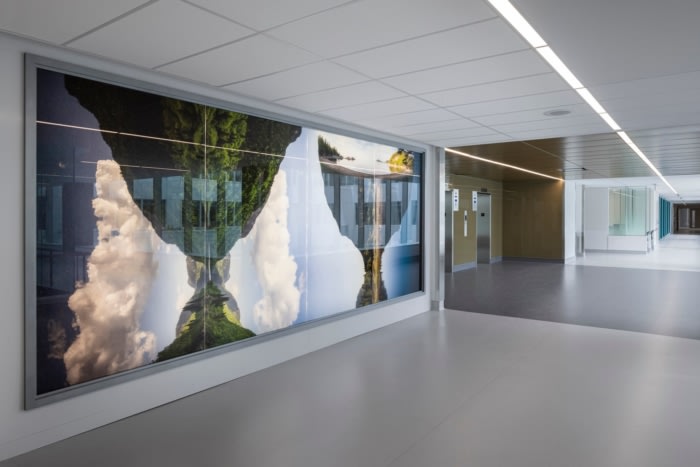
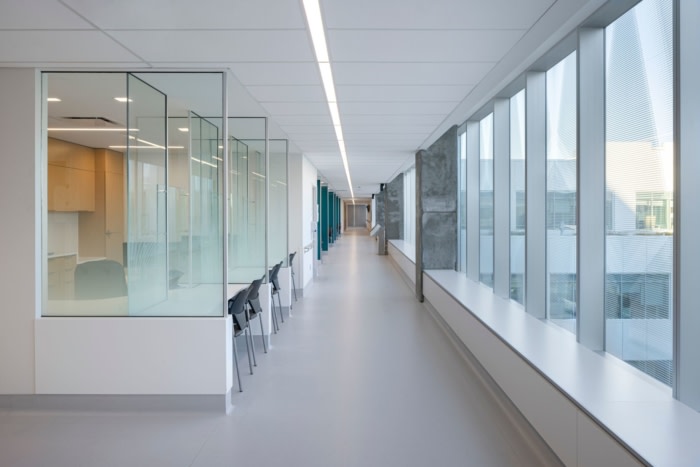

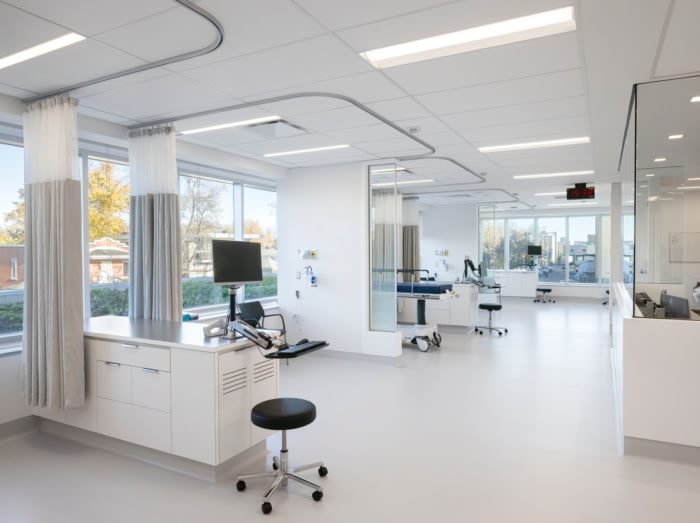
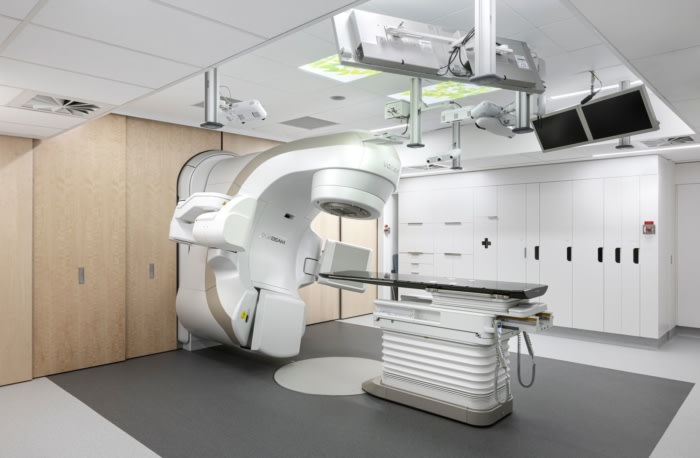

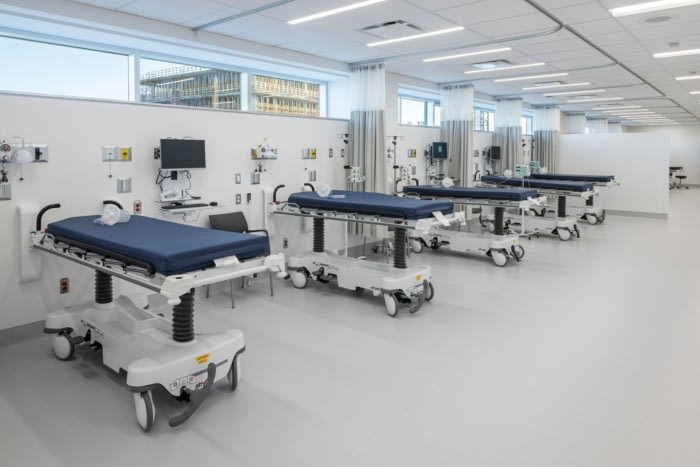



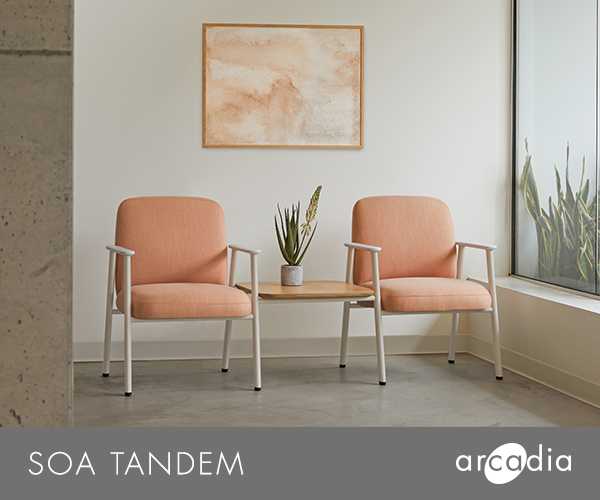
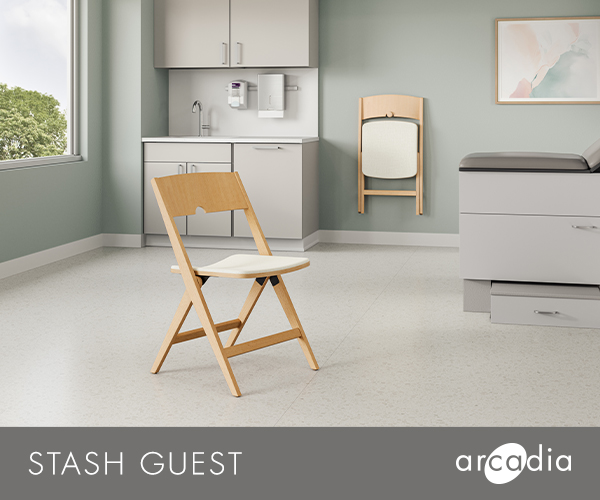








Now editing content for LinkedIn.